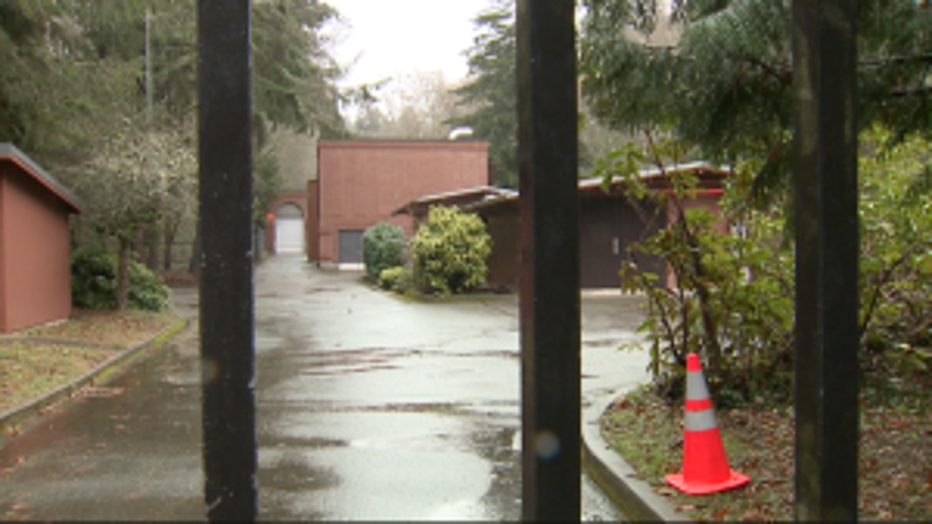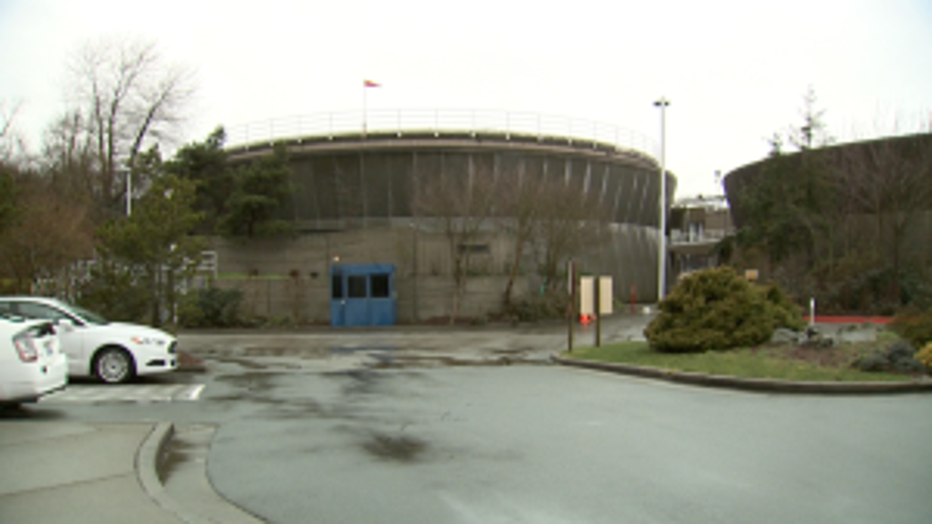Another storm forces more wastewater into Puget Sound
SEATTLE -- Another soaker of a day for Puget Sound on Wednesday and that means raw sewage and storm water flowing into Puget Sound for the second time in a month from the wastewater treatment plant near Discovery Park.
It's estimated Wednesday's discharge, which lasted about eight hours, ended up dumping between 6 to 10 million gallons of wastewater into Puget Sound. That brings this month's total of untreated water to 210 million gallons.
While the manager of the West Point Water Treatment Plant says 90 percent of that water is runoff from our city streets that go into storm drains, that still leaves 10 percent of raw sewage going right into Puget Sound. If you do the math, that's enough raw sewage to fill roughly 30 Olympic-sized swimming pools. Beaches near Discovery Park remain closed and many people are concerned.
"It's a scary thought," says Seattle sports fisherman Joe DeVanney. "You just think about all the pollution it's going to cause. I'm concerned like everybody should be."
Environmental group Puget Soundkeeper Alliance says untreated sewage is very harmful to human health and full of heavy metals and other chemicals. Raw sewage also teems with things like nitrates, which become food for bacteria and algae, which can starve the water of oxygen for all sea life in the area of the discharge.
"Everyone is concerned about water quality when you put solid waste into the water," says K.C. Dietz who regularly walks Seattle's Puget Sound beaches. "And you're concerned about fecal counts and the creatures in the water."

Carkeek Water Treatment Plant will help Seattle and King County handle great volumes of water in big storms.
This plant in Carkeek Park is part of Seattle and King County's long-term solution that is still decades away. It's one of four facilities added since the city and county signed a deal with the federal government in 2013 to get a handle on their waste water discharge.
These places -- and many more on the drawing board -- help hold and treat water when the big plant near Discovery Park gets overwhelmed in big storms.
"They are coming into play during the emergency situation cause we're diverting flows to those areas," says King County Wastewater Treatment Division Director Marc Isaacson, "and they're doing their job."
Isaacson says the problem originates from when Seattle's sewers were built more than a century ago. They combine storm water and sewage in one set of pipes.
"When it's a Seattle drizzle, it's not a problem," says Isaacson, "But when it pours, it is. It hits this plant very hard, very fast."

West Point Water Treatment Plant is the largest in the system that serves 1.6 million people across a 424-square-mile area in the central Puget Sound region including parts of Snohomish and Pierce counties.
The West Point Water Treatment Plant has only been able to process about half the normal amount of storm water and sewage since last week's big storm that actually submerged put part of their facility in NW Seattle.
Legally, Seattle and King County have until 2030 to get the problem of storm water runoff solved. But for those who fish and eat out Puget Sound like Joe DeVanney, the threat is right now. He's concerned with bottom feeding aquatic life.
"Especially crab and salmon and the fingerlings that are going to be the future fish."
It's advised to stay away from Puget Sound beaches for the next few days, especially the ones near Discovery Park.

